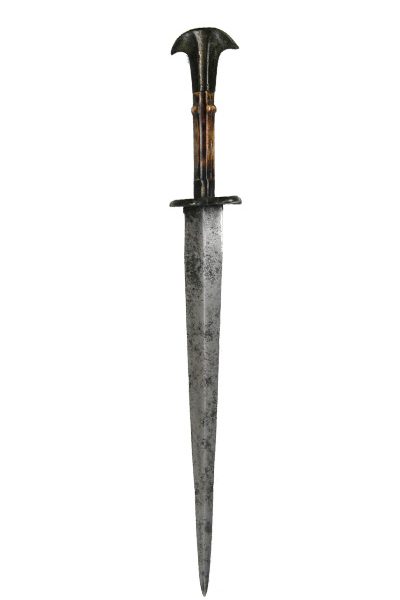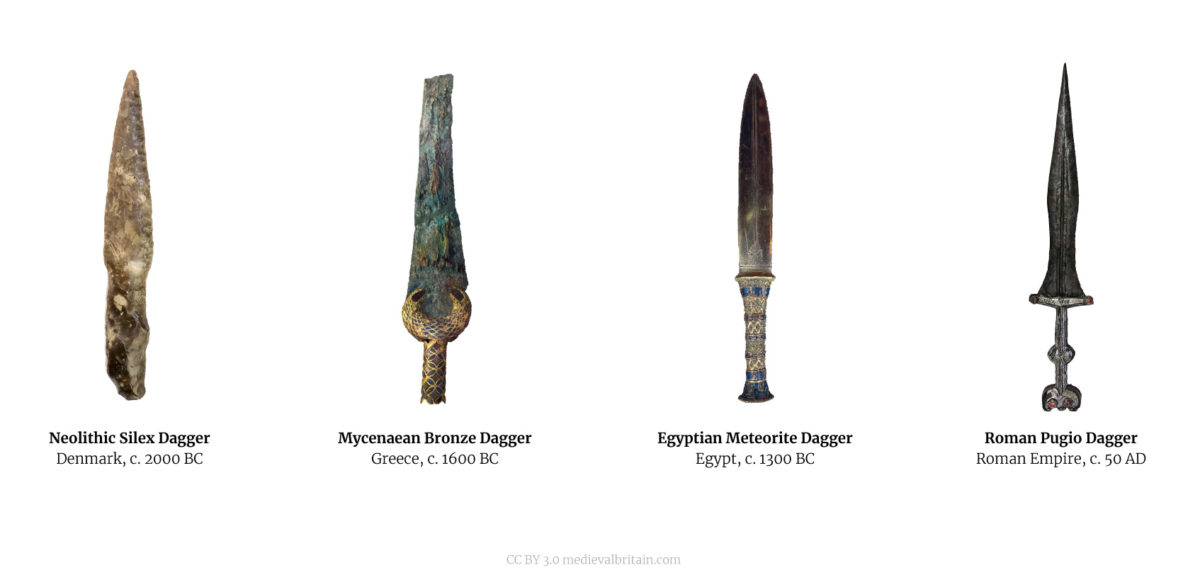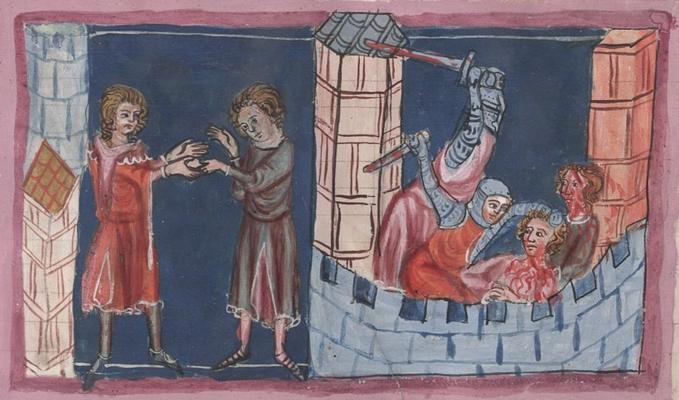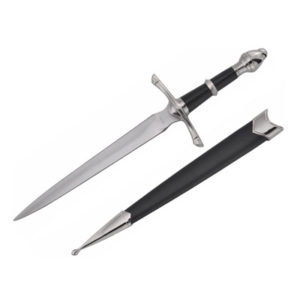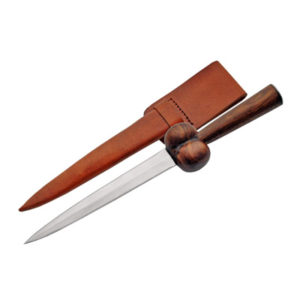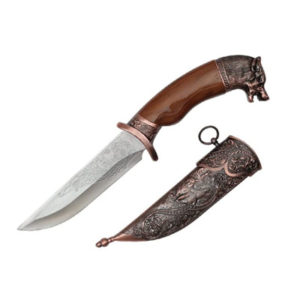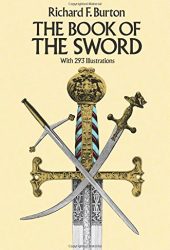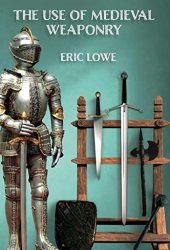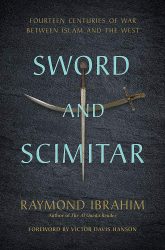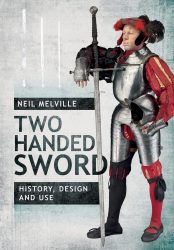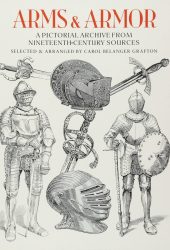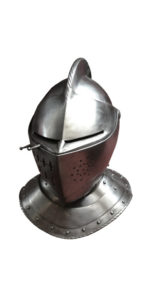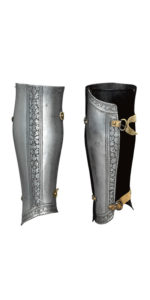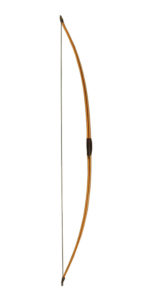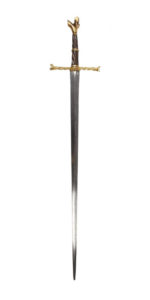A dagger or knife has a very sharp point and usually two sharp edges. Typically designed or capable of being used as a thrusting or stabbing weapon, daggers have been used throughout human history for close combat confrontations and often fulfilled a secondary defence weapon’s role.
Daggers have a short blade with a sharply tapered point, a central spine or fuller, and usually, two cutting edges sharpened the full length of the blade. Most daggers also feature a full crossguard.
The term dagger appears only in the Late Middle Ages, after disappearing during the Early Middle Ages replaced by the hewing knife or seax.
History of the Dagger
The earliest daggers were made of materials such as flint, ivory, or bone in Neolithic times. Copper daggers appeared first in the early Bronze Age, with early Minoan samples being recovered were recovered at Knossos (2400–2000 BC). Iron daggers in Egypt were valued on a level equal to that of their ceremonial gold counterparts. Artisans and blacksmiths of Iberia (today’s Spain and France) produced various iron daggers and high-quality swords from the 5th to the 3rd century BC. During the Roman Empire, legionaries were issued a pugio, a double-edged iron thrusting dagger with a 7–12 inches blade.
During the Middle Ages, most men and women wore a small knife in a sheath as part of their daily dress and used it as an all-purpose eating utensil and tool. In the 12th century, the dagger was known as the “knightly dagger,” or more appropriately cross-hilt or quillon dagger. Many of these cross-hilt daggers resemble miniature swords, with crossguards and pommels very similar in form to swords of the period. The knightly dagger evolved into the larger baselard knife in the 14th century.
With the advent of protective plate armour, the dagger became increasingly valuable as an excellent close-in weapon for stabbing through armour gaps. Fighting techniques around this time also had to adapt to point the blade point to penetrate or push apart an opponent’s chain mail or plate armour.
Types of Daggers & Knives
While daggers are intended primarily for stabbing, knives are usually single-edged and mainly intended for cutting. However, many knives and daggers are capable of either stabbing or cutting (although many thrusting knives have been described as daggers, including those that feature only a single cutting edge, such as the European rondel dagger or the Persian pesh-kabz).
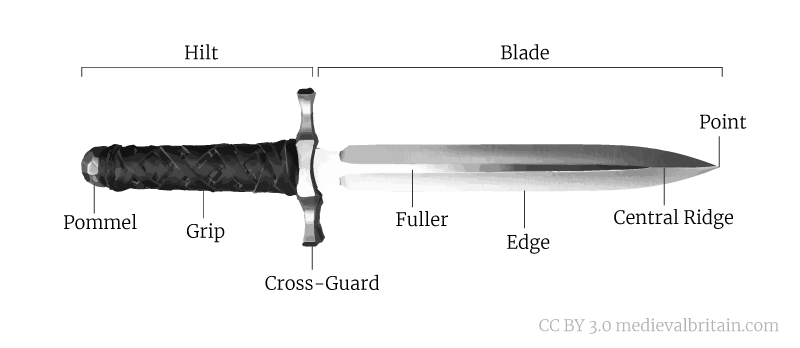
Medieval daggers can be broadly classified into:
Anelace
A medieval long dagger or a very short type of sword, in 14th century England, was worn suspended by a ring from the girdle. Sloane MS (c. 1400) records a song satirizing the use of oversized baselard knives as fashion accessories.
Baselard
A historical type of dagger or a short sword of the Late Middle Ages. It has an I-shaped handle that evolved out of the 13th-century knightly dagger. The term baselard is in origin a Middle French or Medieval Latin corruption of the German basler [messer] “Basel knife.” Baselards were a popular sidearm carried by the more violence-prone section of civilian society.
Poignard
A lightweight dagger primarily used for stabbing in close quarters or conjunction with a rapier. This long, lightweight thrusting knife had an acutely pointed blade and crossguard and was historically worn by the upper class, noblemen, and the knighthood.
Misericorde
A long, narrow knife, used from the High Middle Ages to deliver the death stroke (or mercy stroke) to a seriously wounded knight.
Rondel
A type of stiff-bladed dagger was worn at the waist and perhaps used as a utility tool by various people from merchants to knights. The dagger gets its name from its round (or octagonal) handguard and round or spherical pommel.
Bollock dagger
A type of dagger with a distinctively shaped hilt, with two oval swellings at the guard resembling male testes, popular between the 13th and 18th centuries. Within Britain, the bollock dagger was commonly carried as a backup for the lance and the sword.
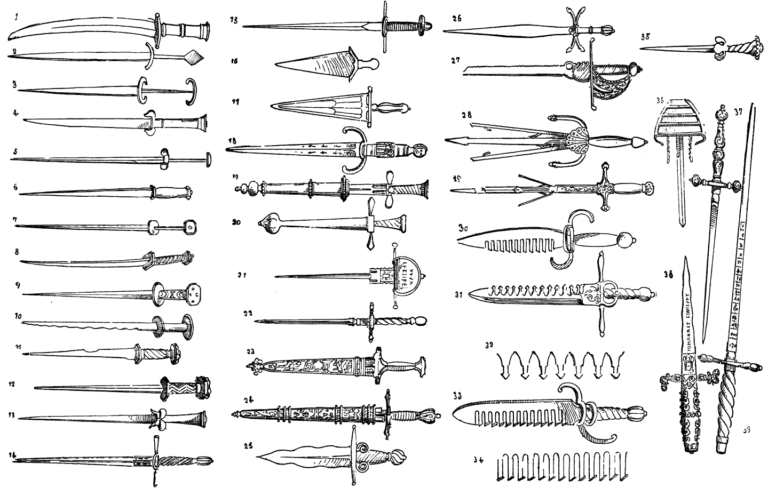
1) British cutlass, tenth century. It bears on the blade the names “Edwardus,” and “prins agile.” It is attributed to Edward II. 2) Iron dagger, about a foot long, thirteenth century. 3) Iron dagger, thirteenth century. Blade measures about 12 inches, and the haft about 5 inches. 4) Iron poniard, probably Scottish, fourteenth century. 5) Same as above. 6) Poniard, beginning of the fourteenth century. 7) Iron dagger, about 14 inches long, beginning of the fourteenth century. The haft is very long. 8) Iron dagger, about 19 1/2 inches long, end of the fourteenth century. 9) Iron dagger, 14 1/2 inches long, end of the fourteenth century. The handle is of carved bone. 10) Iron dagger, end of the fourteenth or beginning of the fifteenth century. 11) Poniard, end of the fourteenth century. 12) Dagger, fifteenth century. 13) Scottish dagger, about 14 1/2 inches long, wooden handle, fifteenth century. 14) Dagger with single thumb ring, about 16 inches long, fifteenth century. 15) Dagger with double thumb ring, sixteenth century. The two rings were placed there to fix the dagger on a shaft, or at the end of a lance, to resist cavalry. 16) Dagger, anelace, or Verona dagger, fifteenth century. 17) Dagger, anelace, fifteenth century. 18) Dagger, fifteenth century. 19) Dagger of a German lansquenet, sixteenth century, about 14 inches long. Polished steel sheath. 20) Dagger of German lansquenet, sixteenth century. 21) Main gauche, Spanish, with the inscription “Viva Felipe V.,” which shows that this weapon was in use in the year 1701. 22) Stiletto (Spitzdolch), about 12 inches long, end of the sixteenth century. In Germany these weapons were also called Panzerbrecher, or cuirass-breaker. 23) Dagger, Swiss, sixteenth century. These daggers are often provided with small knives, which served to cut the thongs of the armour, to pierce holes, and for various purposes. 24) Dagger, German, sixteenth century. 25) Poniard, German, with wavy blade, very short and broad. 26) Poniard, German, sixteenth century. The guard has four quillons. 27) Main gauche, sixteenth century. 28) Main gauche, German, sixteenth century. 29) Main gauche, German, about 20 inches long, sixteenth century. Engraved handle. 30) Main gauche, German, with indented blade for breaking the enemy’s sword; thumb ring, and quillons curved in inverse directions; sixteenth century. 31) Main gauche, German, with indented blade for breaking swords, sixteenth century. 32) Close-up of indented blade of previous dagger. 33) Large German brise-épée, sixteenth century. 34) Close-up of indented blade of previous dagger. 35) Poniard, German, sixteenth century. 36) Large main gauche, German, with indented quillons, and grated guard as sword-breaker, seventeenth century. It measures about 25 by 10 inches. 37) Stiletto, German, called Panzerbrecher, or cuirass-breaker, about 12 inches long, sixteenth century. 38) Poniard, about 10 inches long, richly studded with precious stones. This weapon belonged to Sobieski, King of Poland. 39) Poniard, German, called Panzerbrecher. The numbers on the blade probably used for measuring the bore of cannons.
Using Daggers & Knives
From the year 1250 onward, gravestones and images show knights with a dagger or combat knife at their side.
During the 14th century, it became standard for knights to fight on foot to strengthen the infantry defensive line, creating a greater need for dagger usage. For example, at Agincourt (1415), archers used them to dispatch dismounted knights by thrusting the narrow blades through helmet vents and other apertures.
Instruction books covering the use of daggers describe it as being held in hand with the blade pointing from the heel of the hand and used to make downward jabs. In the German school of fencing, Johannes Liechtenauer and his successors taught fighting with the dagger, emphasizing thrusting strokes.
When used offensively, and because the blade had to penetrate steel chain mail or plate armour, a standard attack frequently employed the reverse or icepick grip, stabbing downward with the blade to increase thrust and penetrative force. The disadvantage was that a variety of techniques could easily block the attack. The use of a reverse grip also caused a reduction in effective blade reach to the opponent.
As the armour wearing fell out of favour, dagger fighting techniques began to evolve to emphasize the conventional or forward grip, while the reverse or icepick grip was retained when attacking an unsuspecting opponent from behind.
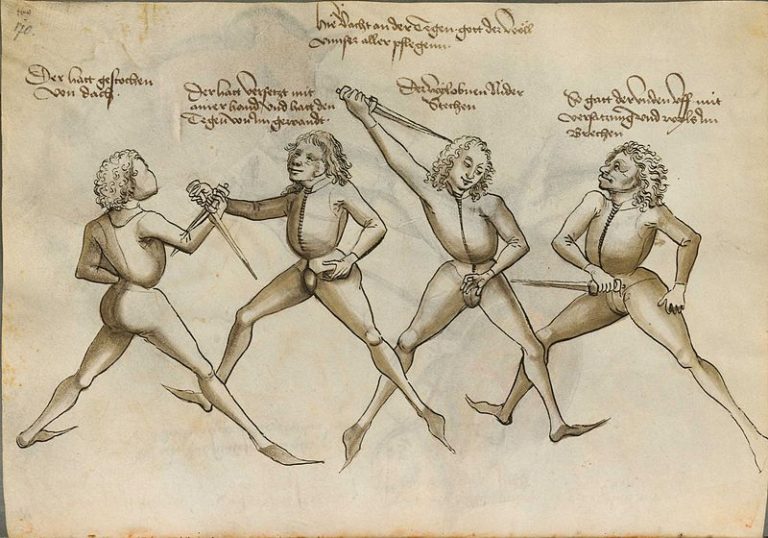
Famous Daggers and Where to See Them
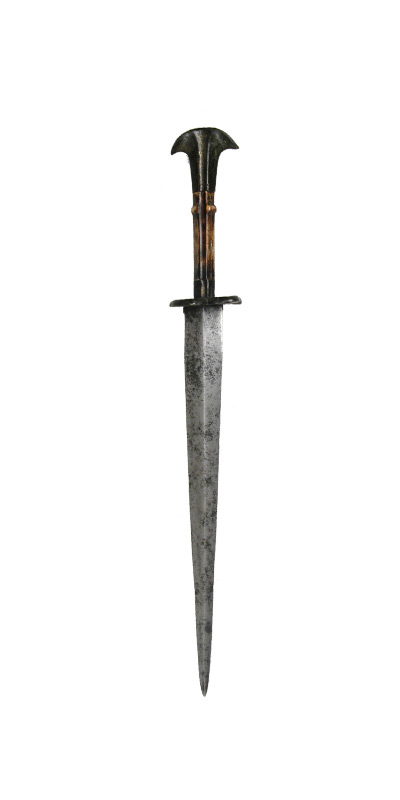
French Dagger
This dagger from 1400-1600 AD was used primarily as a weapon, both for offense and defense, rather than a utensil. This dagger is French and made of steel, bronze and bone.
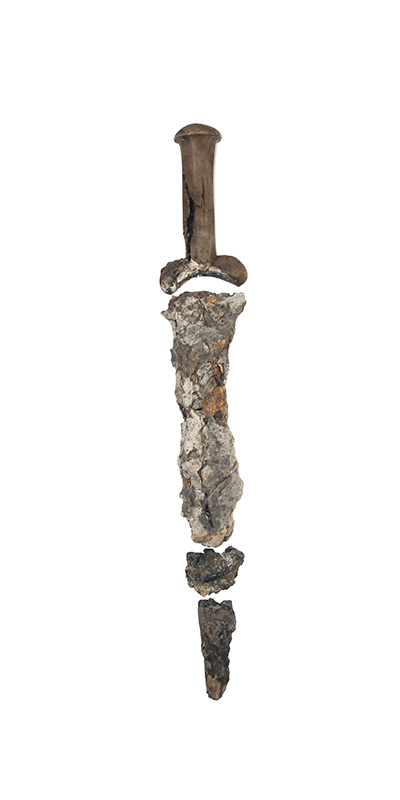
Mary Rose Bollock Dagger
Part of a set of bollock daggers found on board the 16th century ship Mary Rose, a carrack-type warship of the English Tudor navy of King Henry VIII.
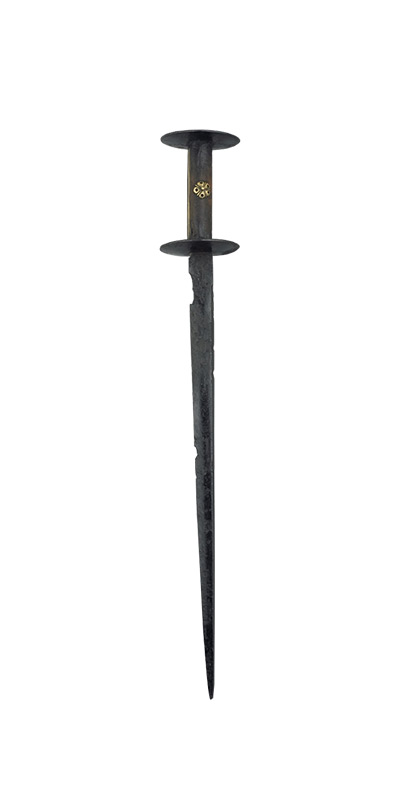
Rondell Dagger
The blade of this French Rondell dagger is blackened by corrosion but complete. It dates from about 1440-50 AD. These daggers are frequently represented in illuminations but specimens are uncommon.

